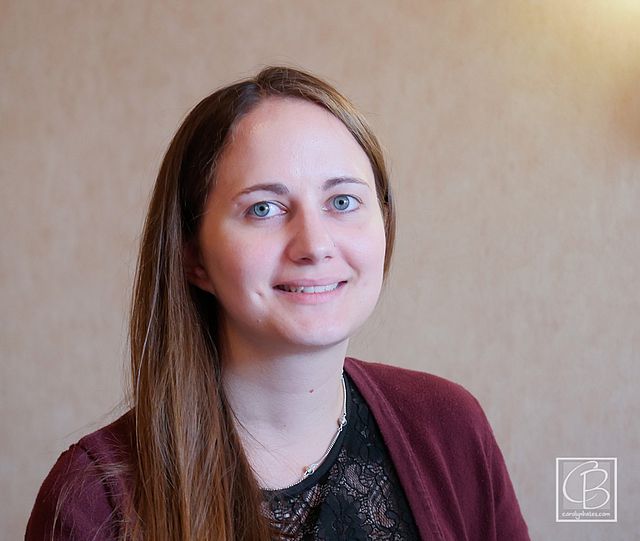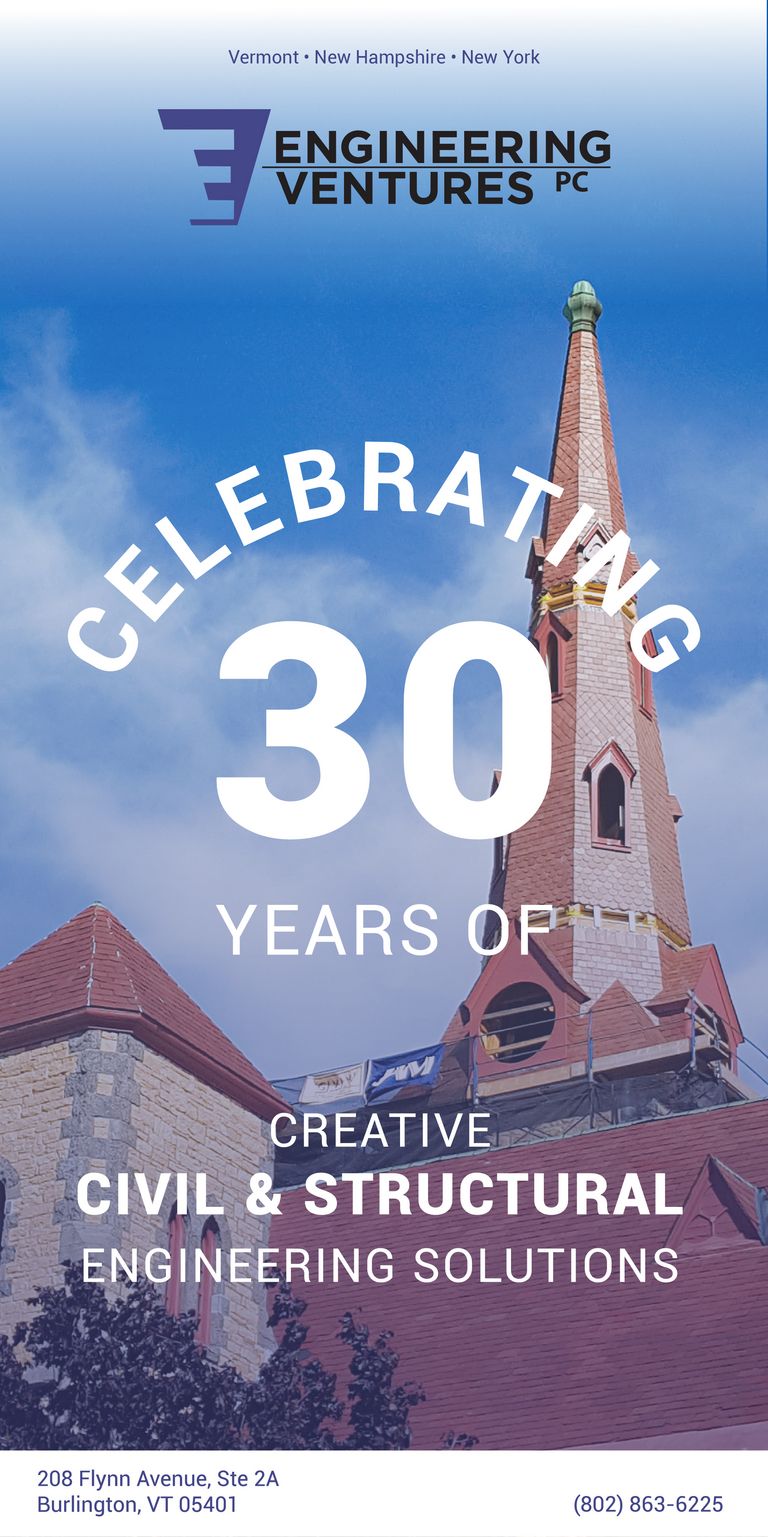NCARB Licensing Advisor Summit in Chicago: What I Learned
By Dave Mentzer, AIA
As one of Vermont’s two appointed Architect Licensing Advisors, I had the opportunity to attend the NCARB Licensing Advisors Summit in Chicago on July 27-29. The intent of this summit was to educate licensing advisors in professional, academic and student settings as well as to integrate and cross-pollinate the respective knowledge bases of these communities. The summit schedule offered a well-balanced mix of these two educational tracks: 1) the dissemination of new and specific information from NCARB related to AXP, ARE, and certification, and 2) the networking-based process of learning how this information is being shared and implemented across the country.
It was my first time attending the summit and I didn’t know what to expect; by the end I was surprised not only by how much I had learned, but also at how the broader licensing advisor community was so willing and eager to share experiences, work together, and help guide individuals through the licensing process.
The summit format incorporated keynote speeches each day followed by a series of breakout sessions on specific topics. Out of six available breakout sessions, I was able to attend three; the breakouts were followed by a “Best Practices” session just before the summit’s concluding remarks.
Knowing that the traditional path to licensure (NAAB education-ARE) is relatively well understood by most candidates and employers, I decided to first participate in a session about alternative opportunities for NCARB Certification. I felt it would be particularly appropriate in Vermont, where some candidates may not have a NAAB-accredited degree and are instead pursuing the extended experience path to licensure. These candidates may feel locked out of the NCARB-certification process, knowing that the traditional NCARB route requires a NAAB-accredited degree. However, there are other avenues candidates can pursue when lacking the specific degree component. These paths may include additional AXP hours for those who’ve been licensed in another U.S. jurisdiction, the submission of a “Certificate Portfolio,” and other options--generally referred to as “Education Alternatives.” The specific path that is appropriate for a given candidate will depend on the individual’s circumstances, so it’s best to reach out to both NCARB and either of your friendly State Licensing Advisors to evaluate the options. This particular session also included reciprocity information for foreign architects and information about how U.S. architects can obtain licenses in certain foreign countries.
An overview of the first two years of implementation of the Integrated Path to Architecture License (IPAL) program was the topic of the next session I attended. Essentially, the IPAL program allows students to complete all portions of their AXP as well as begin taking the ARE while still in a NAAB-accredited degree program, accelerating the overall timeframe for licensure. I was intrigued by this program, because it sounded much like the combined education and co-op program that I experienced at the University of Cincinnati. In the late ’90s, Cincinnati was offering a six-year Bachelor of Architecture Degree Program which required students to effectively complete two years of working experience as co-ops in alternating quarters with the regular curricular requirements. The IPAL program has a similar goal—to send young graduates into the workforce with a substantial amount of real-world experience already under their belts—although each of the participating schools has framed the school/work aspects in different ways. Currently, there are very few schools participating in the IPAL program, and fewer than half of licensing jurisdictions are accepting IPAL-earned results. Vermont is one such state that does not accept IPAL ARE results, so at present this path may be applicable only in certain neighboring jurisdictions, such as New Hampshire.
“The Right Fit—Job Searching and Recruiting” was the third and, of the three, perhaps the least compelling session I attended. It was in panel discussion format with human resources representatives from middle-large to large-sized firms discussing what they look for in prospective job candidates. Many of the qualities they described and strategies they suggested were not surprising. Everyone is looking for individuals with effective communication skills, developed or developing software skills, and the usual cadre of hard, technical skills (with Revit being the most ubiquitous “must know” requirement). Although the firms that were represented offered few practical parallels for candidates from states with comparatively small firms, it was still helpful to understand larger firms’ recruiting practices.
On Saturday, there was a “Best Practices” session with the summit population broken up into three groups: Advisors in the Profession, Advisors in the Academy, and Student Appointed Advisors; I attended the Advisors in the Profession session. I sat at a table with nine other professionals for what was the most conversational of the sessions. We discussed the challenges and rewards of advising licensing candidates in a variety of settings. We explored questions such as how to motivate and support candidates through AXP and ARE, best practices for integrating AXP requirements into employee work schedules, and the various approaches to incentivizing licensure coupled with mutual payback benefits for firms. The ways in which firms support or incentivize their process were varied and depended, to a large degree, on firm culture; there was a greater tendency toward more tangible incentives in more densely populated areas. However, there was almost universal consensus within our group that the greatest challenges to completing licensure were personal issues, tending to arise for older ARE candidates who might be balancing work and family. In those situations, personal support—listening and encouraging candidates to stick to the plan—rather than professional support, was viewed to be the most beneficial.
The summit concluded with a brief review speech as well as the “unveiling” of the initial ARE 5.0 pass rate results. For each section, these pass rates ranged from 47% to 56%; the lower scores were in sections where candidates would naturally be less experienced (Practice Management) and the higher rates were in sections where candidates would naturally have the most experience (Project Development & Documentation and Project Management). These results, now available online, were similar to the initial pass scores for 4.0 and NCARB is confident that as the community becomes more familiar with the exams, the pass rates will rise to the 60% range that was typical for ARE 4.0.
As a first-time attendee, I’m happy to say the summit far exceeded my expectations in terms of the depth of information as well as the quality and types of activities and interactions with others in the community. This summit was presented by NCARB as the culmination of the successful implementation of both the new AXP as well as the ARE 5.0 rollout. Thus, there isn’t another summit planned until 2019. Until then, the licensing advisors across the country will continue to keep in touch through online communities and local training events coordinated with NCARB.
Anyone interested in pursuing licensure in the state of Vermont should feel free to reach out to either Devin Bushey at dbushey@e4harchitecture.com or me at dmentzer@doreandwhittier.com with any questions related to AXP, the ARE, or any other aspect of licensure specific to Vermont requirements. We look forward to your questions and are ready to help in any way we can.






